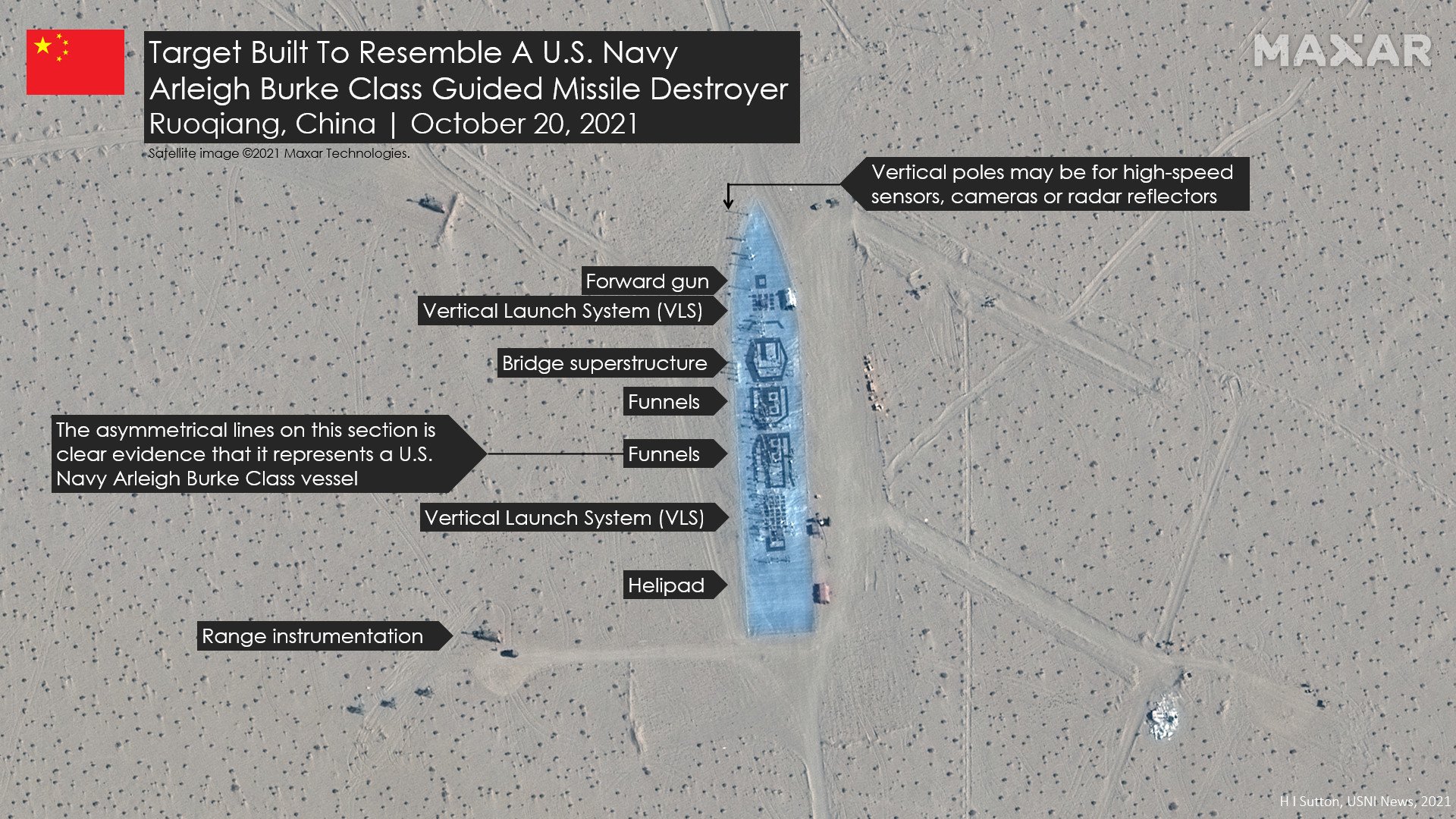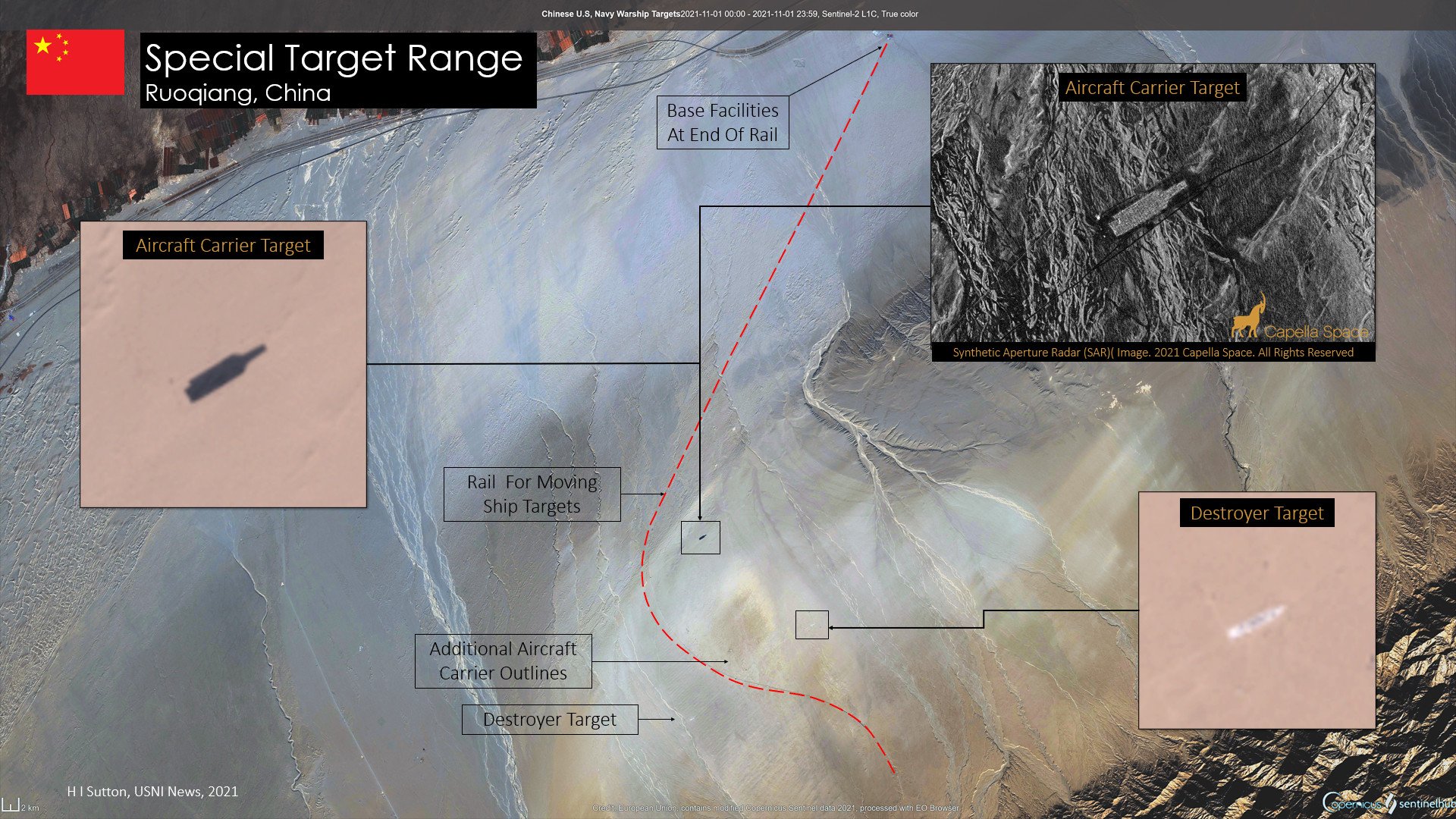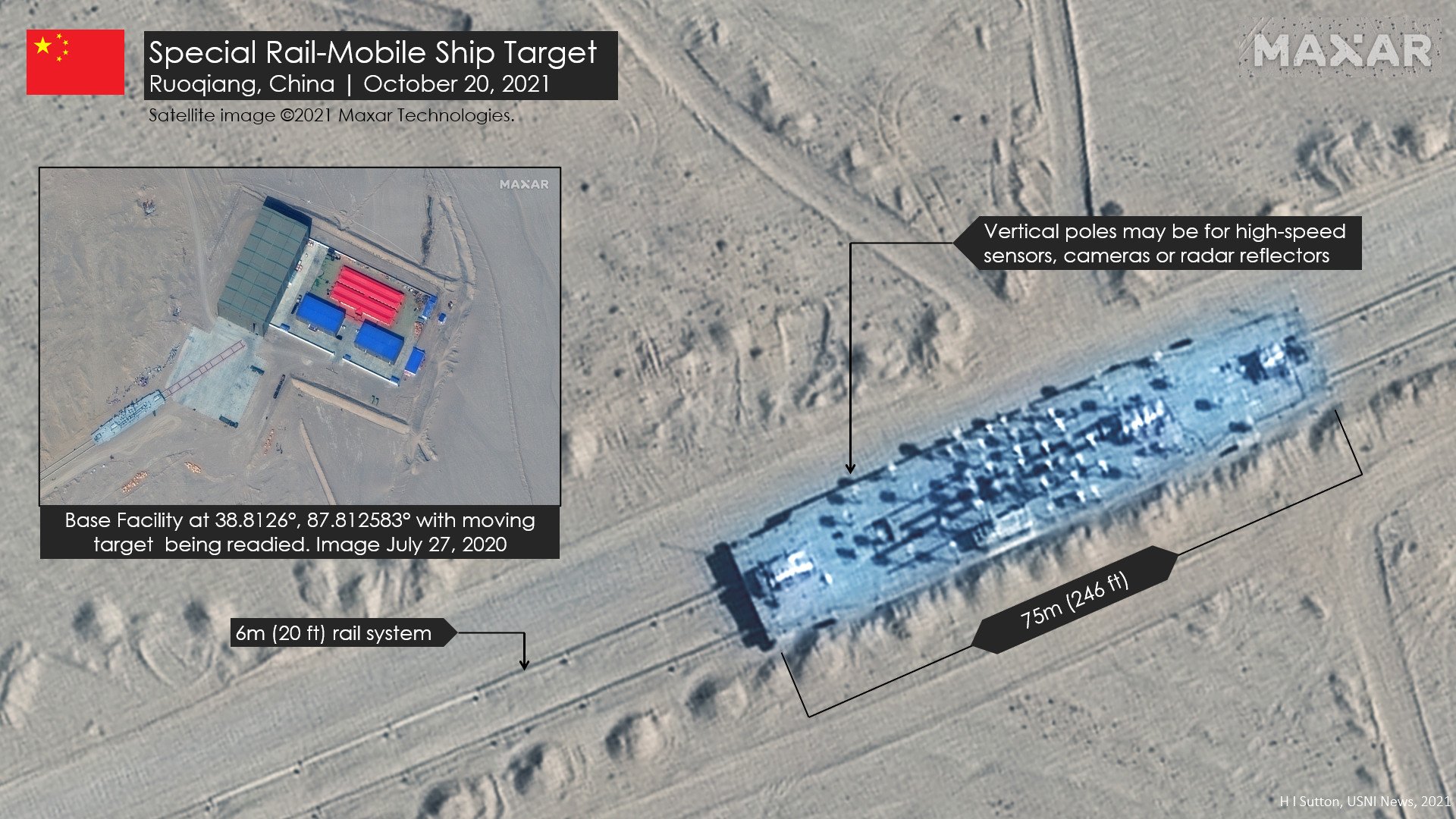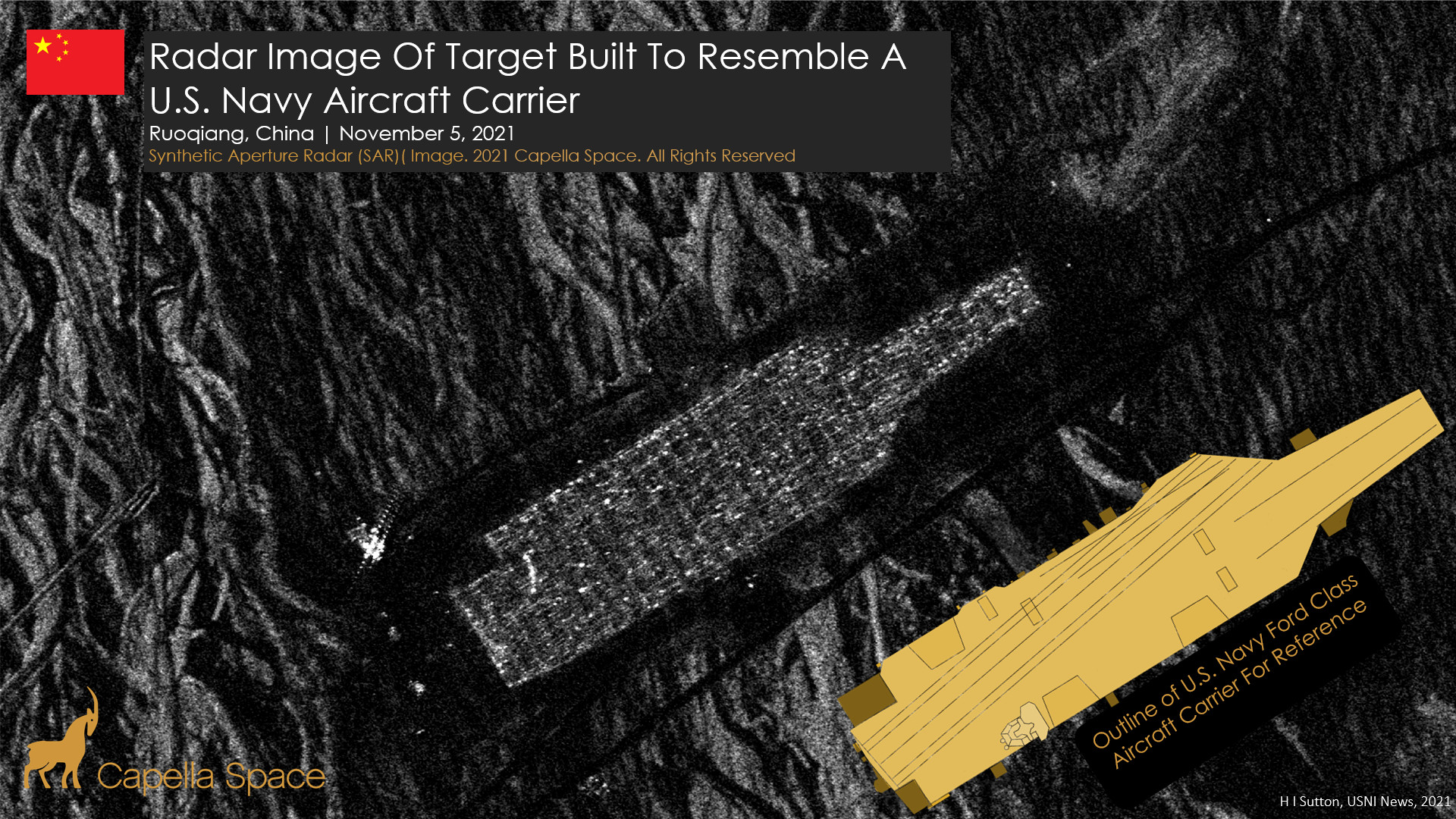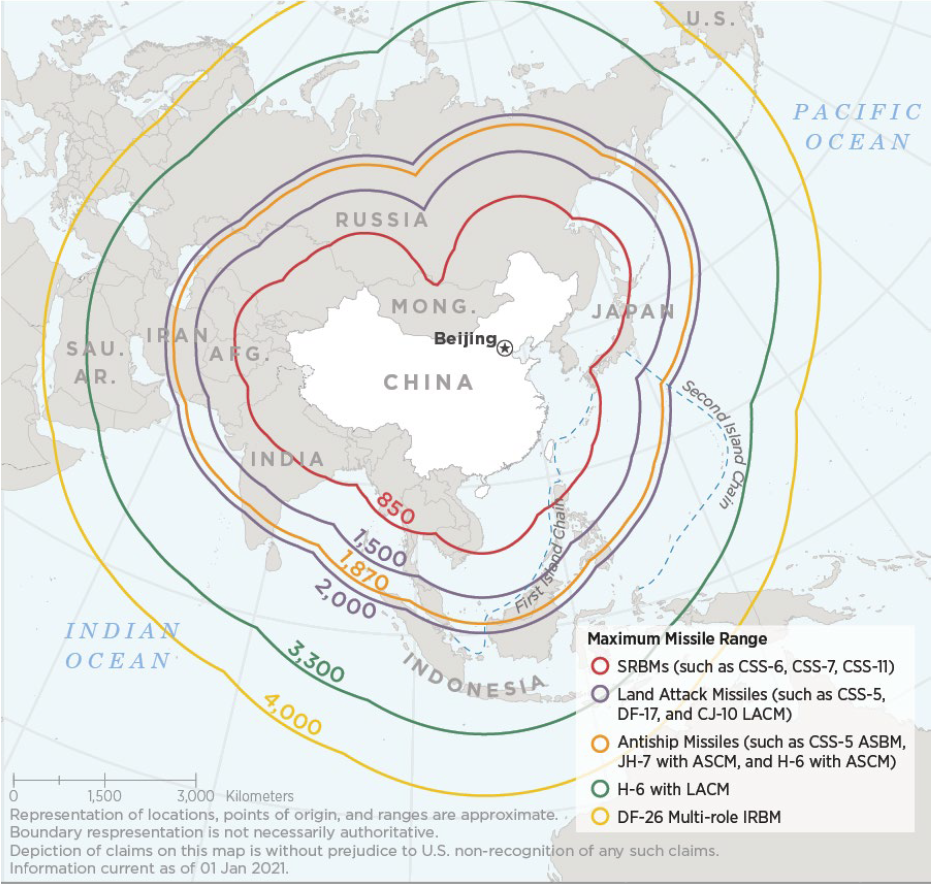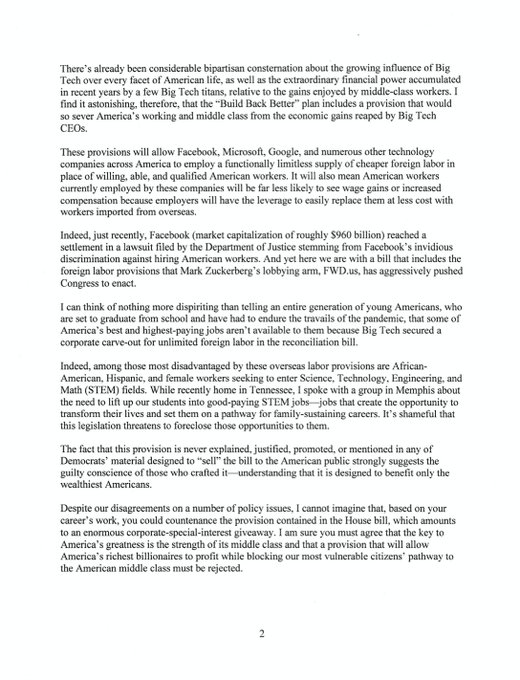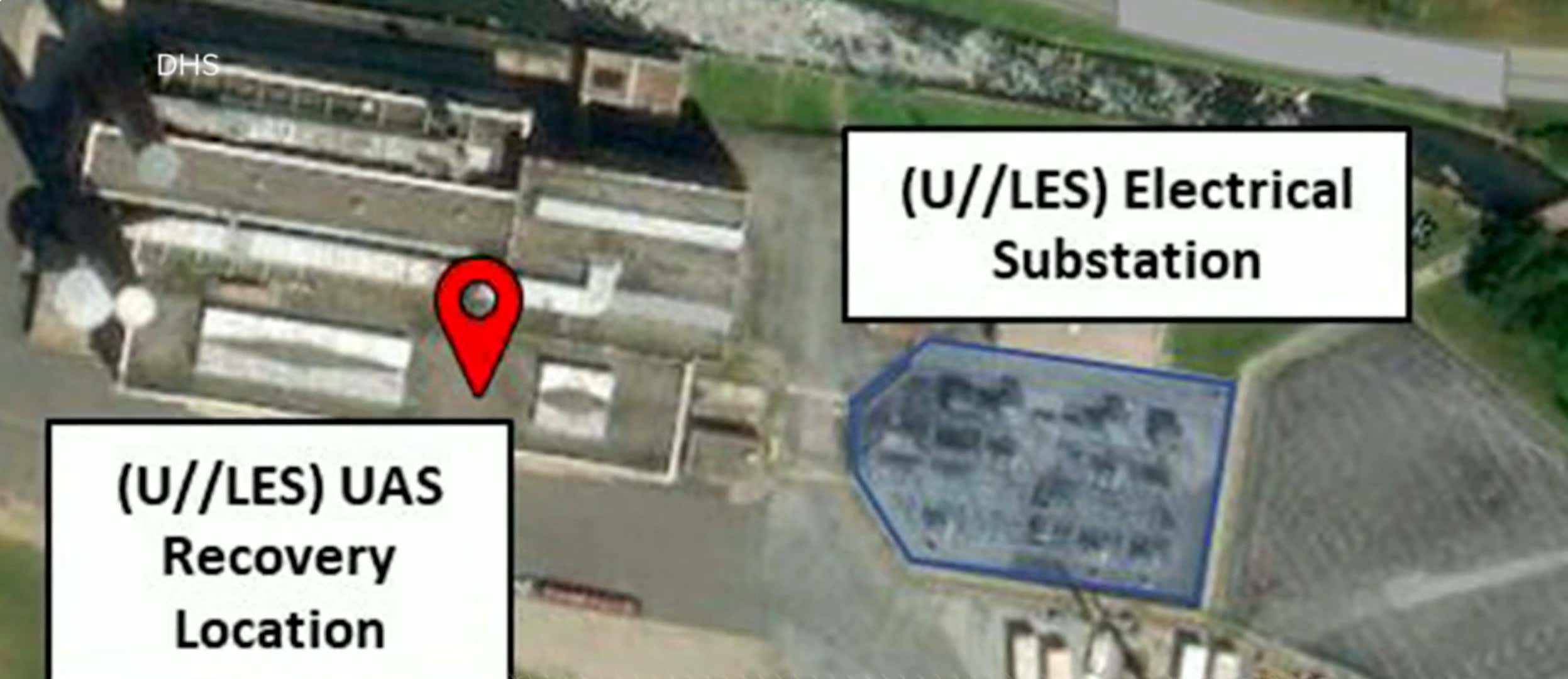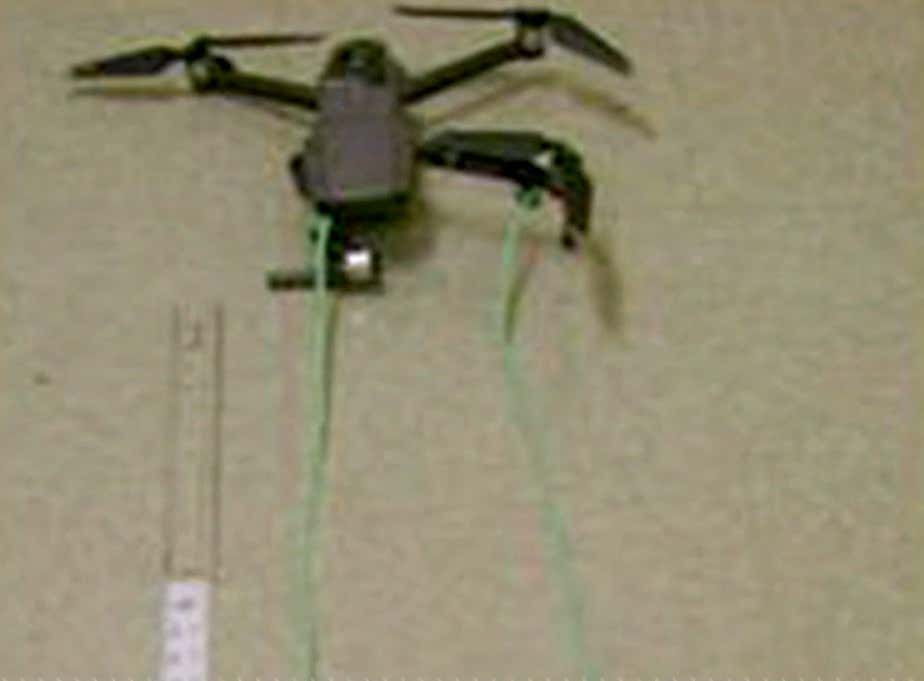In part: Russia has been chipping away at the country since at least 2014, when the pro-Russian President of Ukraine, Viktor Yanukovych, lost an election, and Putin invaded the Crimea, the peninsula that sticks out into the Black Sea and separates it from the Sea of Azov to its northeast.
Stealth war
As part of Putin’s campaign, a war that isn’t quite a war, most authorities agree that Russian-based hackers mounted a cyberattack called NotPetya back in 2017. It was aimed primarily at Ukrainian institutions, but it also affected thousands of other systems as well. The White House later estimated that NotPetya caused about $10 billion worth of damage worldwide.
Now we come down to this week. On January 15, dozens of Ukrainian government computer systems were infected with malware disguised as ransomware. An infected computer displayed a demand for a certain ransom to be paid in Bitcoin, but what really happened is that the malware “renders the computer system inoperable,” ransom or no ransom.
Microsoft issued a statement saying that they observed these attacks aimed primarily at Ukrainian government agencies and closely-allied organisations, and that they had issued updates that will address the problems. But in the meantime, the Ukraine is suffering yet another cyberattack which appears to be instigated by Russia, although no firm evidence of the source has yet been forthcoming.
***
:quality(70)/cloudfront-us-east-1.images.arcpublishing.com/mco/3H3UEZJS5RHM3JJ2YKZOAHGHSY.jpg) The head of Ukraine’s defense intelligence agency told Military Times in November that Russia could launch an attack through Belarus.
The head of Ukraine’s defense intelligence agency told Military Times in November that Russia could launch an attack through Belarus.
Then there is the matter of Putin working to install a pro-Russian regime in Ukraine.
The UK Foreign, Commonwealth and Development Office (FCDO) named former Ukrainian MP Yevhen Murayev as a potential Kremlin candidate and once again warned Russia of “severe costs” of activities to subvert Ukraine.
“The information being released today shines light on the extent of Russian activity designed to subvert Ukraine, and is an insight into Kremlin’s thinking,” UK foreign secretary Liz Truss said in a statement on Saturday.
Russia rejects UK claim
Russia on Sunday rejected a British claim that Russia was seeking to replace Ukraine’s government with a pro-Moscow administration.
“The disinformation spread by the British Foreign Office is more evidence that it is the Nato countries, led by the Anglo-Saxons, who are escalating tensions around Ukraine,” Russian foreign ministry spokeswoman Maria Zakharova said on the Telegram messaging app on Sunday. “We call on the British Foreign Office to stop provocative activities, stop spreading nonsense.” source
***
Some other disturbing details:
- The Russian Navy has announced plan gunnery and missile firing 160 nautical miles off Mizen Head. The exercises, from February 3rd to 8th, are just on the edge of the drop-off into deep water. It is also within Ireland’s Exclusive Economic Zone (EEZ). Coming at a time of heightened tension between Russia and the West, this highlights Ireland’s strategic position.
Of all the world’s ocean, it is interesting that Russia selected this small area in the Irish EEZ. It is far from Russia’s operating bases and regular training areas. So the location seems chosen for strategic or political reasons.
- Germany is actively collaborating with Russian armed aggression against Ukraine. The Estonians will tell the Germans to go to hell and the rest of NATO will back Estonia against the Moscow-Berlin axis.
The Molotov-Ribbentrop Pact is still in force. The Russian regime of state terrorism and the Putinversteher faction in Germany are allied to destroy the freedom and independence of Eastern Europe.
Germany has no business being in NATO when it aggressively thwarts the principle of collective security on which the alliance was founded. Germany has gone full Soviet with the new Chancellor.
Russian ally Germany refuses to permit Estonia to transfer artillery to Ukraine, giving a boost to the Russian army which is mobilized for an offensive. - The U.S. has ordered all family members of its embassy in Ukraine to evacuate amid rising tensions of a possible Russian invasion of Ukraine. The U.S. State Department also said non-essential personnel could also leave the country at the U.S. government’s expense.
One more item. Since President Biden halted the United States from being energy independent which was achieved under President Trump, the United States no longer exports energy to Europe. In fact, conditions are so dire that the United States is actually buying dirty oil from Russia. Think of that. If Russia decides to punish the U.S. even more….you can bet the cost of gasoline at the pump with reach $8.00 to $10.00 a gallon.
Then there is the threat of the United States versus Russia in the Arctic and in Space…imagine escalating hostilities in those battle-spaces…
Meanwhile…Ukrainians are drilling for safety in fallout shelters.

:quality(70)/cloudfront-us-east-1.images.arcpublishing.com/mco/JSHEIFKE3NBARH2W35AMDX7XPM.jpg)

